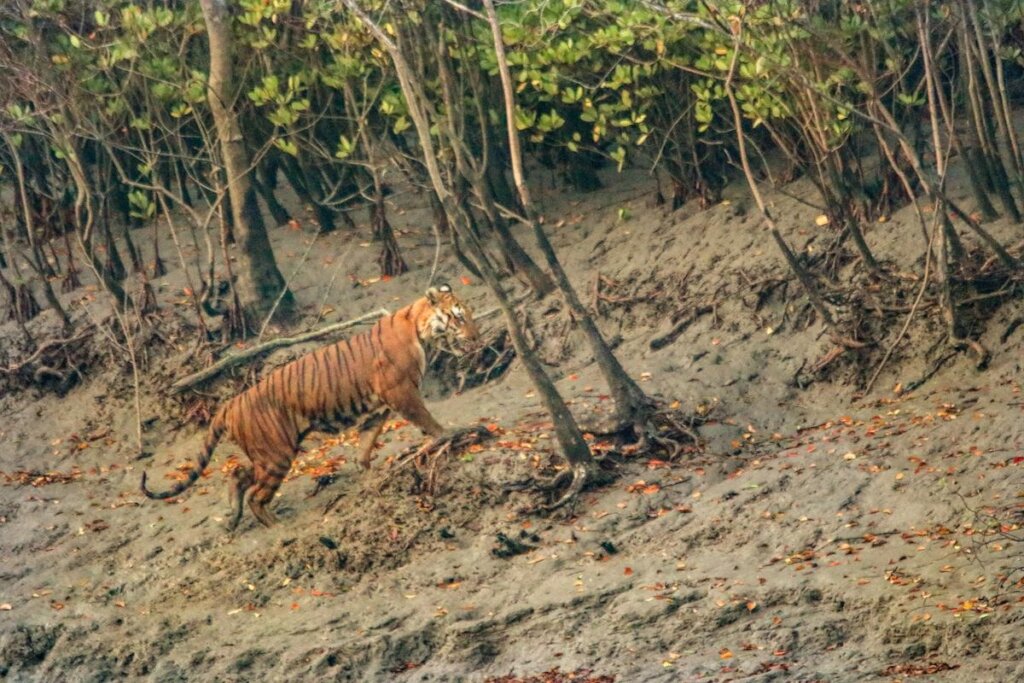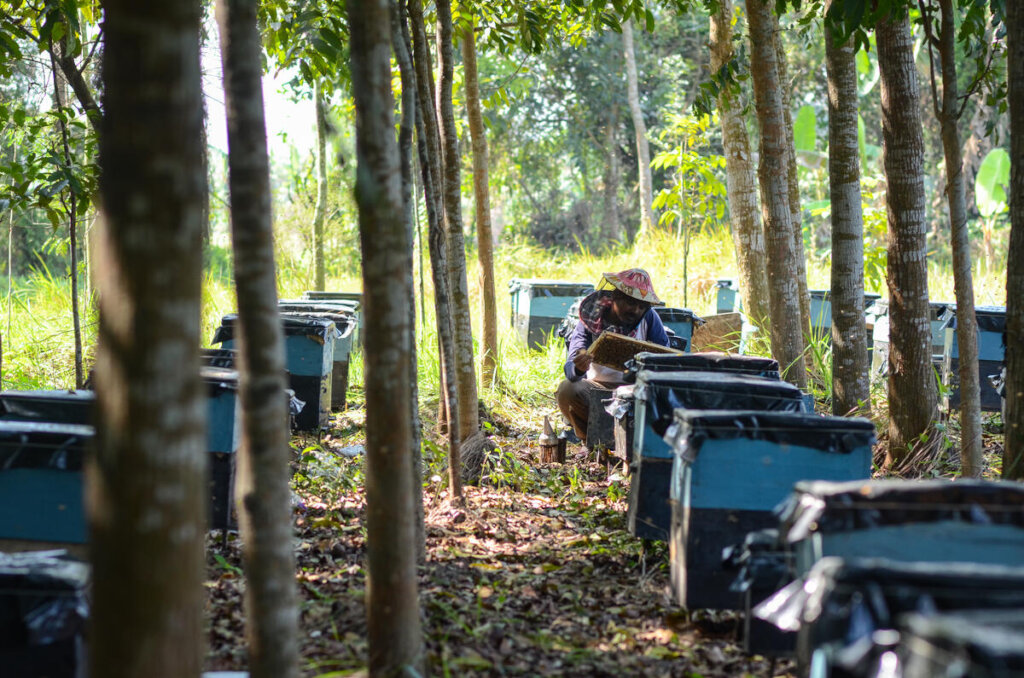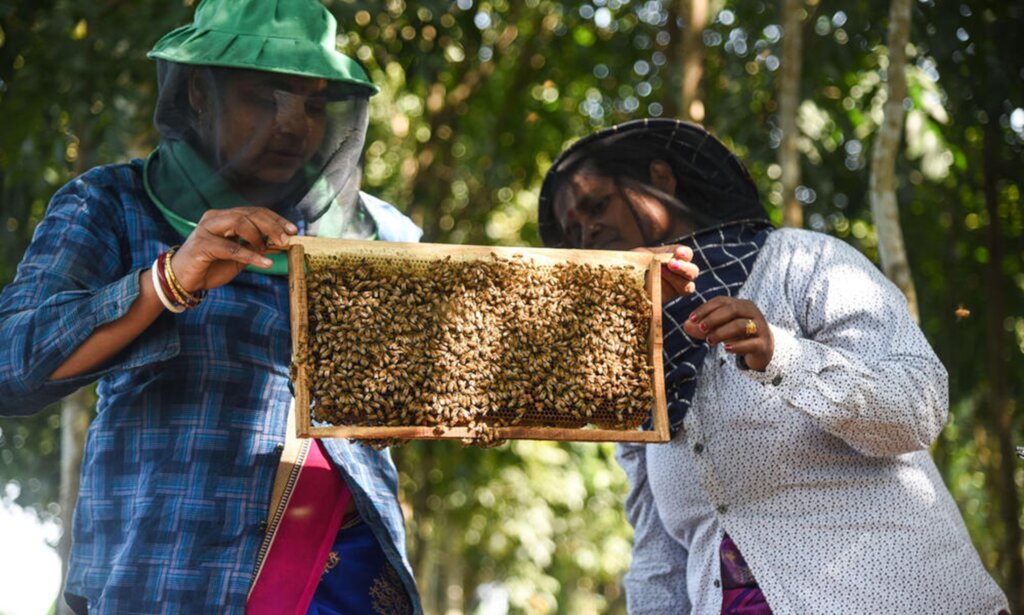By Jenna Bailey | Associate Program Officer
Reducing Human-Tiger Conflicts
2022 is the final year of the most ambitious recovery effort ever undertaken for a single species. TX2, the goal to double the number of tigers in the wild by 2022, was a global commitment made in 2010 by 13 tiger range governments. Once over 100,000 strong, the wild tiger population was believed to be down to just 3,200 in 2010. WWF supports and advises these governments in achieving this goal which is vital in ensuring a future for tigers. As part of this goal, WWF has been working closely on various projects with communities that live in or around tiger habitat. In the Indian Sundarbans, WWF is working with local communities on a project that reduces human-tiger conflicts.
The Sundarbans
The Indian Sundarbans, which runs from southern Bangladesh into India’s West Bengal State, is the only coastal mangrove tiger habitat in the world. It is a unique ecosystem where tigers have become excellent swimmers and can swim from one mangrove island to another in search of territory and prey. The Sudarbans is home to more than 4.5 million people and wild honey collection is a major traditional livelihood for many of them. But being a mouli (traditional honey collector) is a very dangerous job. While out on the reserves collecting wild honey, these moulis are vulnerable to tiger attacks. Approximately six honey collectors die each year in the Sundarbans due to human-tiger conflict, a tragedy that has led to the term “blood honey.”
Less Risk, More Honey
WWF-India, in association with the Sundarbans Biosphere Reserve (SBR) Directorate, has implemented a program with the goal of significantly reducing the number of tiger-related deaths of honey collectors. After a pilot study in 2014 showed that man-made beehives that were placed in a designated, fenced area within the reserve and managed by licensed moulis could nearly double the amount of honey collected from hives in the wild, the initiative was expanded.
Encouraged by the pilot study, the West Bengal Forest Directorate, the Panchayat and Rural Development Department, and the Government of West Bengal came together to scale up the project. With the help of community loans, the program has grown significantly since 2014 and is now directly benefitting 80 different local families. Nilanga Jayasinghe, Manager of Wildlife Conservation at WWF-US writes that “Efforts like this are crucial in helping manage human wildlife conflict and enabling communities to make a safe living while coexisting with a predator that is essential to the health of the broader ecosystem they live in.”
These community members are now able to earn a better and more reliable income than before, and they now do not need to put themselves in harm’s way each day to collect honey. Initiatives like this will be expanded to improve the livelihoods of local communities, promote coexistence, and further tiger conservation in this unique tiger habitat.
How You Can Help!
As we near the end of the initiative, the world’s wild tiger population is showing signs of recovery. Thanks to supporters like you, WWF has accelerated tiger monitoring, habitat protection, anti-poaching efforts, and created projects such as the Sudarbans Wild Honey project to save the beloved species. The fight is not over! Your commitment makes a difference in our work and sets an inspiring example that together, change is possible. Thank you!
Links:
Project reports on GlobalGiving are posted directly to globalgiving.org by Project Leaders as they are completed, generally every 3-4 months. To protect the integrity of these documents, GlobalGiving does not alter them; therefore you may find some language or formatting issues.
If you donate to this project or have donated to this project, you can receive an email when this project posts a report. You can also subscribe for reports without donating.
Support this important cause by creating a personalized fundraising page.
Start a Fundraiser

